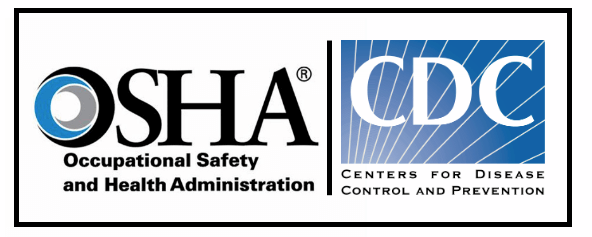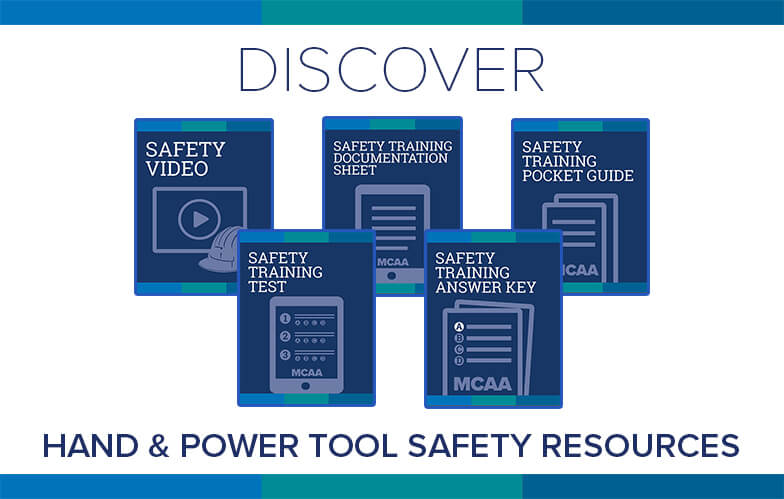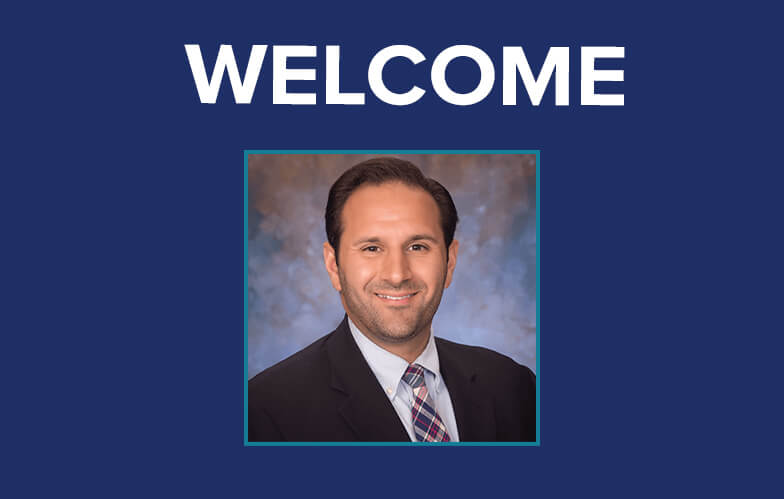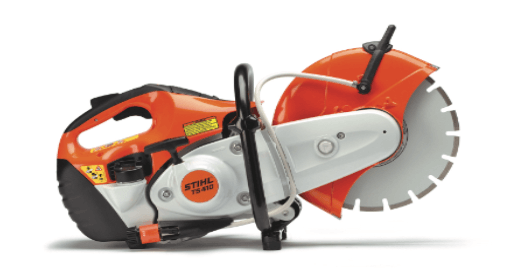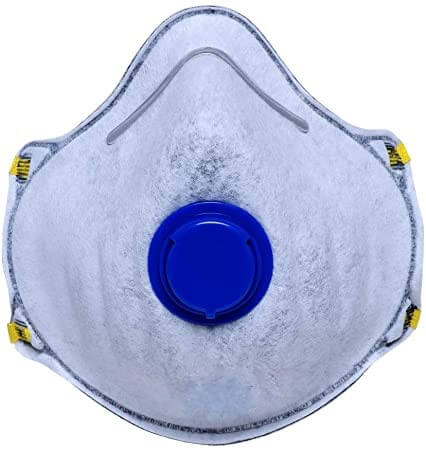
The Occupational Safety and Health Administration’s (OSHA) respiratory protection standard requires respirators used by workers to be certified by OSHA’s research arm, the National Institute for Occupational Safety and Health (NIOSH). However, that requirement has been suspended temporarily due to a shortage of NIOSH-certified N95 respirators in the United States. OSHA, in agreement with the Food and Drug Administration (FDA), recently released guidance to their regional administrators outlining enforcement discretion to permit the use of filtering facepiece respirators (FFR) certified under certain standards of other countries or jurisdictions.
The FDA states on its website, “The FDA concluded, based on the totality of scientific evidence available, that certain imported respirators that are not NIOSH-approved are appropriate to protect the public health or safety.” However, only specified types/models of foreign made respirators are permissible. Make sure that what you are ordering is permissible by viewing TABLE 1 in the appendix of OSHA’s compliance directive on the subject.
To comply with OSHA’s requirements while using foreign made respirators, be sure to:
- Make a good-faith effort to provide and ensure workers use the most appropriate respiratory protection available for the hazards against which workers need to be protected. This should be accomplished through, in this order:
- Implementing the hierarchy of controls in an effort first to eliminate or substitute out workplace hazards, then using engineering controls, administrative controls, and safe work practices to prevent worker exposures to respiratory hazards.
- Prioritizing efforts to acquire and use equipment in the following order:
- NIOSH-certified equipment; then
- Equipment certified in accordance with standards of other countries or jurisdictions except the People’s Republic of China, unless equipment certified in accordance with standards of the People’s Republic of China is manufactured by a NIOSH certificate holder[6]; then
- Equipment certified in accordance with standards of the People’s Republic of China, the manufacturer of which is not a NIOSH certificate holder[6]; then
- Facemasks (e.g., medical masks, procedure masks).
- Prioritizing efforts to acquire and use equipment that has not exceeded its manufacturer’s recommended shelf before allowing workers to use equipment that is beyond its manufacturer’s recommended shelf life. Equipment used beyond its manufacturer’s recommended shelf life must be used in accordance with OSHA’s April 3, 2020 memorandum.
- Prioritizing efforts to use equipment that has not exceeded its intended service life (e.g., disposable FFRs used for the first time) before implementing protocols for extended use or reuse of equipment. Extended use or reuse of equipment should follow the Centers for Disease Control and Prevention’s Strategies for Optimizing the Supply of N95 Respirators.
- Using homemade masks or improvised mouth and nose covers only as a last resort (i.e., when no respirators or facemasks are available). Improvised masks are not personal protective equipment and, ideally, should be used with a face shield to cover the front and sides of the face. When this measure is the only resort, refer to the Centers for Disease Control and Prevention (CDC) guidance.
- Ensure users perform a user seal check each time they don a respirator, regardless of whether it is a NIOSH-certified device or device certified under standards of other countries or jurisdictions, and do not use a respirator on which a user cannot perform a successful user seal check. See 29 CFR § 1910.134, Appendix B-1, User Seal Check Procedures.[7]
- Train workers to understand that if the structural and functional integrity of any part of the respirator is compromised, it should be discarded, and that if a successful user seal check cannot be performed, another respirator should be tried to achieve a successful user seal check.
- Visually inspect, or ensure that workers visually inspect, the FFRs to determine if the structural and functional integrity of the respirator has been compromised. Over time, components such as the straps, nose bridge, and nose foam material may degrade, which can affect the quality of the fit and seal.
- Avoid co-mingling products from different categories of equipment. NIOSH-certified equipment, equipment that was previously NIOSH-certified but that has surpassed its manufacturer’s recommended shelf life, equipment certified under standards of other countries or jurisdictions, and equipment that was previously certified under standards of other countries or jurisdictions but that has surpassed its manufacturer’s recommended shelf life should be stored separately.
- Train employees on the procedures for the sequence of donning/doffing to prevent self-contamination.
Where to Find Permissible Foreign Made Respirators
MCAA is compiling a list of places where you can order permissible foreign made respirators. As we learn of additional sources, we will provide updates to the list below. If you are aware of an additional source, please let Pete Chaney know.
